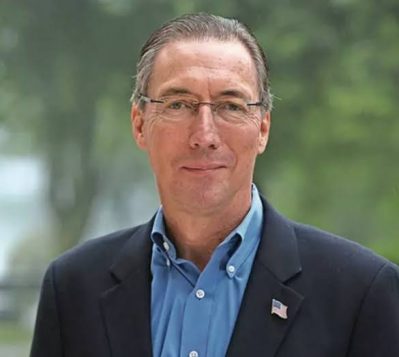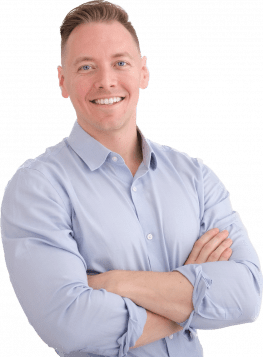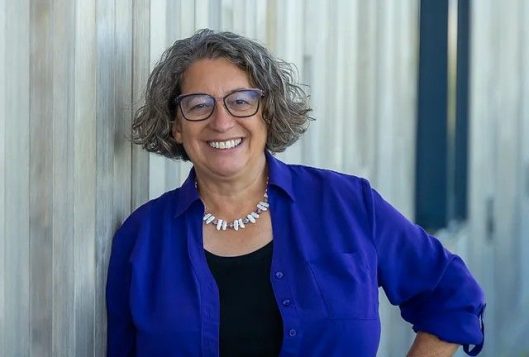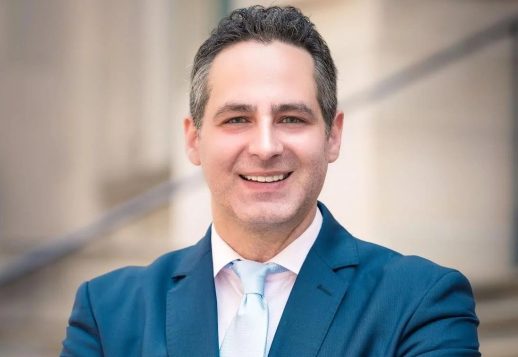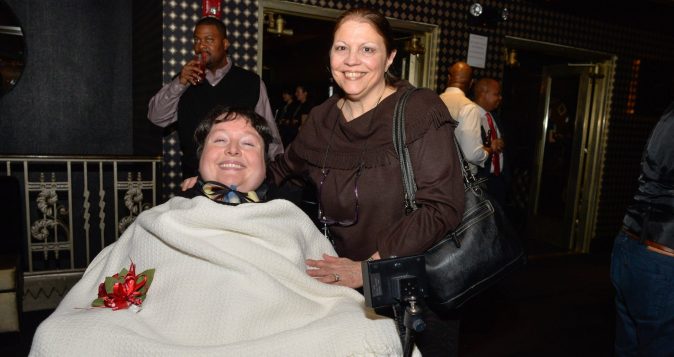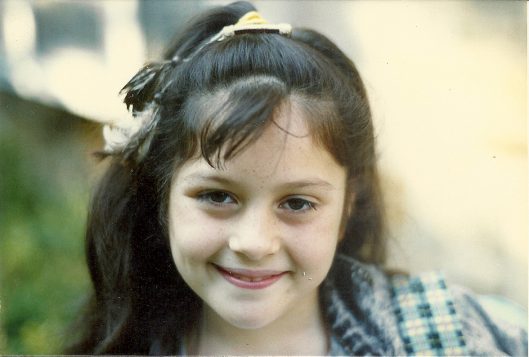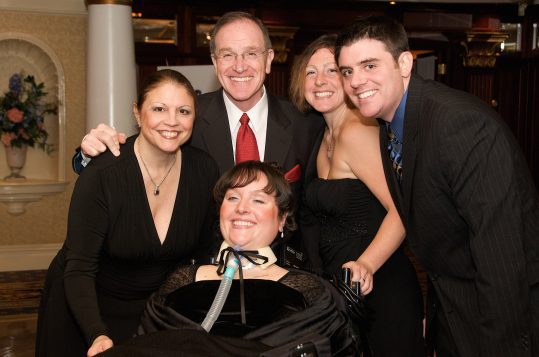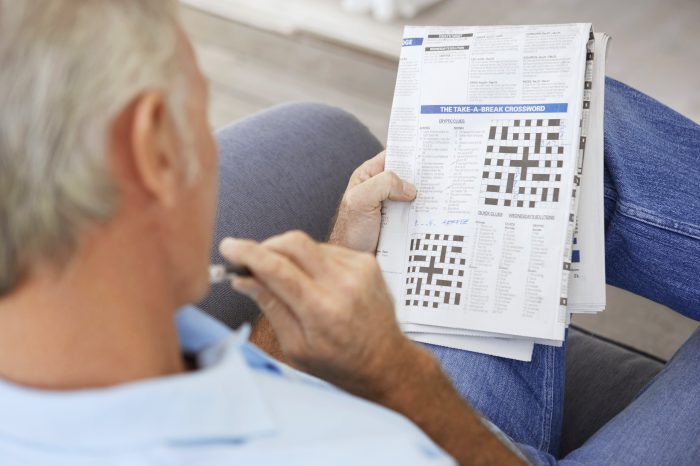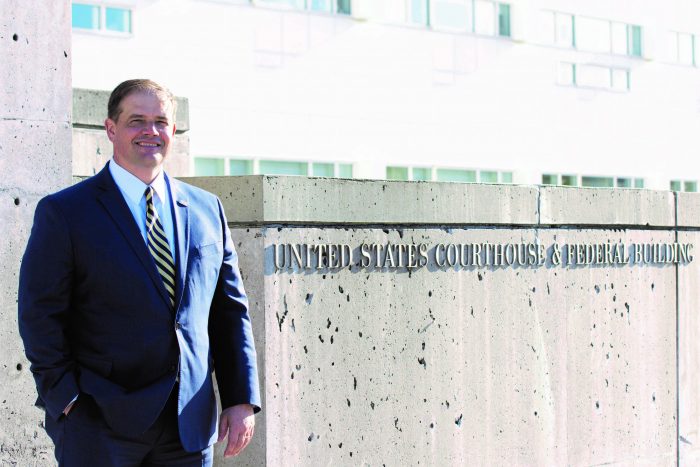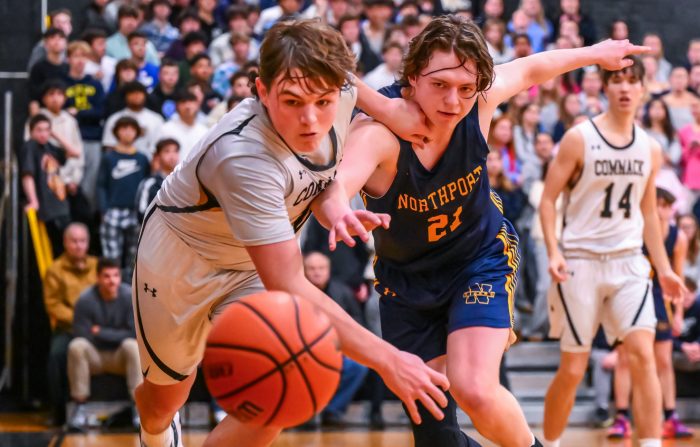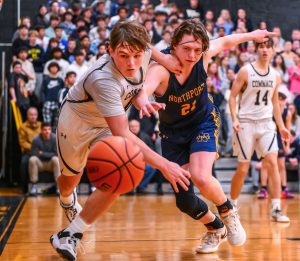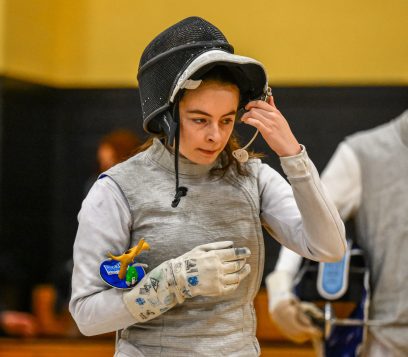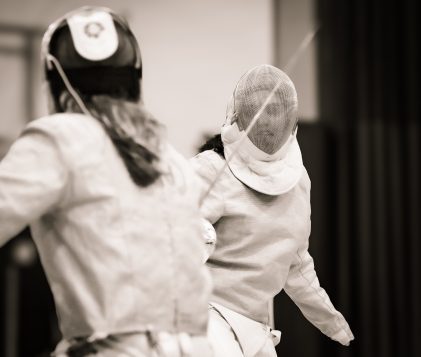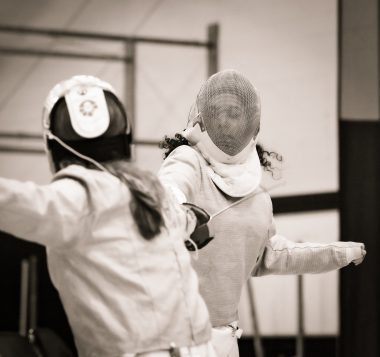By Aidan Johnson
Three out of the four Democratic congressional candidates for District 1 — Nancy Goroff, Kyle Hill and Craig Herskowitz — attended a meet-the-candidates night at the Brookhaven Town Democratic Committee headquarters Tuesday, Feb. 6. During the meeting, the candidates addressed why they are running, their most important issues and policies they would support. The fourth candidate, former District 5 state Sen. James Gaughran [D-Northport], was unable to attend. The current congressional seat is held by Nick LaLota (R).
Introductions
Goroff, who has formerly served as the chair of the chemistry department at Stony Brook University, and previously ran for the congressional seat in 2020 against former Congressman Lee Zeldin (R), said that she was running “to protect our right to bodily autonomy” and “to build an economy that’s going to work for everybody,” along with environmental issues such as coastal erosion, climate change and water quality.
Herskowitz has interned for Sen. Edward M. “Ted” Kennedy (D) and Rep. Steve Israel (D). The candidate believes that his “judicial, legislative and executive experience, as well as criminal prosecution and criminal defense experience,” which includes him working at the Office of the General Counsel in the U.S. Marshals Service, the FBI and the Department of Justice, before being appointed as assistant counsel to Gov. Andrew Cuomo (D), before working as a criminal defense attorney and being appointed as an administrative law judge within the New York City Department of Finance, will allow him to connect with the congressional district.
Hill went to graduate school at Stony Brook University, after which he worked for Israel on Capitol Hill, where he “became a health care policy expert.” He worked on rallying congressional support to update the organ transplant rules, and since coming back to Long Island, he has become a volunteer EMT and is involved with the Brookhaven Town Democratic Committee. He has become frustrated “every single day with [Congress’s] dysfunction,” and believes that by winning the CD1 seat, along with gaining a Democratic majority, Congress can function better.
Health care
Hill would support passing the Social Security 2100 Act, which, among other things, would change the current law that caps earnings subject to the Social Security tax which, at the time the bill was introduced, was $160,200, but now stands at $168,600, to instead have earnings over $400,000 once again be subjected to the tax. However, all earnings in between would not be subject to the tax. He also said that it is necessary to build upon incentives for doctors and health care agencies to keep folks healthy and out of the hospital
Herskowitz said that he was “the only candidate in this race that’s supporting Medicare for All” and said that “we need to make sure people are paying their fair share of taxes,” and that “people that are damaging our environment are paying more for our health care system because they are the ones who are polluting our water, polluting our air.” He also said that “we need to find ways to ensure that Social Security is available to everyone.”
Goroff called Social Security and Medicare “two of our most successful government programs ever.” She said that it is necessary to “lift the cap on salary at which we take Social Security taxes,” adding, “That one change would make Social Security and Medicare both financially secure going into the future.” She also said that the age to receive Medicare should be reduced.
Voter engagement
Herskowitz said that it is important to fight against misinformation, activate the voters and get people excited to vote, adding that a strong grassroots campaign was necessary to make sure “every single voter is touched, several times throughout the campaign, to make sure that people come out to vote.” He also said that it was necessary to appeal to the moderate center voters.
Hill said that “we’ve seen cycle over cycle that the Democrats who are coming out to vote have become fewer and fewer and more folks are registering as unaffiliated,” adding that it was necessary to figure out why they are not coming out to vote, and that it was necessary to have a message that brings out both Democrats and those in the middle. He said that Democrats need to lean into their strengths, citing issues such as infrastructure, drug pricing reform and the cost-of-living crisis.
Goroff said that in order to get people to vote who don’t automatically do so, or who vote for either a Democrat or a Republican, “it’s not about the issues, it’s about them believing that this person is going to represent them.” She said that she is committed to making sure voters know who she is as a person, educator and community leader, adding that it matters that they know they would have someone working hard for them “versus somebody who is just spewing talking points.”
Climate change
Hill said that he supports changing every car that the federal government owns to an electric vehicle, including from government agencies such as the post office. “We can use the purchasing power of the federal government to shape the market and make EVs more available, bringing down the price, make it more accessible, have more charging stations everywhere, and that’s something the federal government directly controls and already has its hands on,” he added.
Herskowitz said that it was necessary to move away from fossil fuels and invest in technologies that could remove carbon emissions from the atmosphere and nitrate from the soil and ground that leaks into the water. He also said that it was important to combat misinformation surrounding renewable energy.
Goroff said that the United States should be carbon neutral in energy production by 2035, and in transportation and buildings, along with the rest of the economy, by 2050. She supports the Inflation Reduction Act, which would invest in clean energy: “We need to be investing in clean energy and technologies now, making sure that we’re having proper oversight, and investing in new technologies for the future.”
Immigration
Goroff said that DACA recipients need a pathway to citizenship, and that it’s important to recognize the challenges for communities in getting resources for large numbers of migrants and nonnative English speakers. “The only way we can deal with that fairly is for the federal government to make sure that for school districts, like in Riverhead where they have very large numbers of nonnative speakers of English, that they’re getting adequate funding for those programs,” she said.
Herskowitz said that the vast majority of people who are in this country illegally do so by coming here legally and overstaying their visas, and clarified that coming to the border and requesting asylum is 100% legal, adding that more judges are needed to adjudicate asylum claims. “The migrants that are here want to work, and they should be able to work, and we should be able to expedite [that] so they can work, they can pay taxes, they can contribute to the economy,” he said, adding that comprehensive immigration reform was needed because “obviously the immigration system is broken.”
Hill said that it is necessary to address what’s causing the issues, “which is the rampant gang violence in Central America. Part of all of these comprehensive solutions has been greater investment in our southern neighbors to make sure there’s economic development [and] a reason to stay in their home.” He added, “Every time these comprehensive packages don’t end up happening, those things get left off the table.” He also said the budget, which Congress has yet to pass, would be an opportunity to address the concerns by “more appropriately [targeting] our foreign aid,” and better funding for the Department of Justice “so that judges can adjudicate asylum claims so that folks can enter society and be part of the society.”
The Democratic primary is on June 25.

